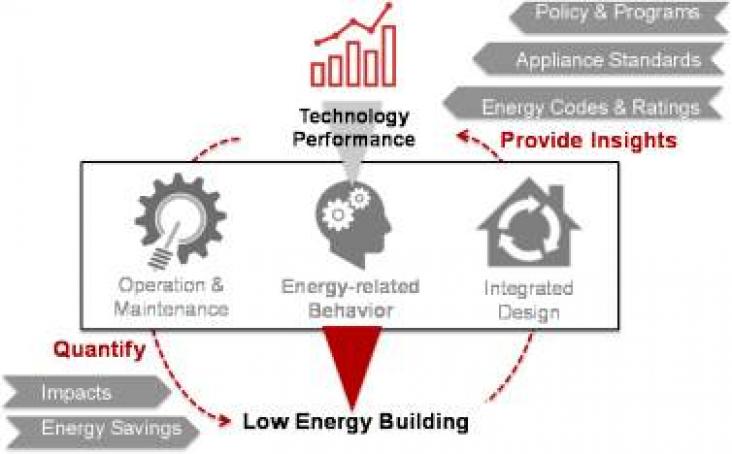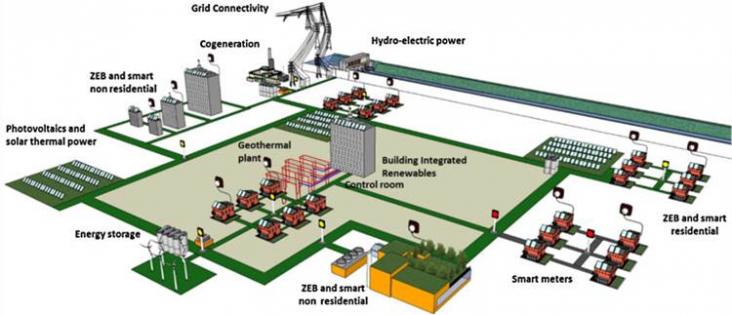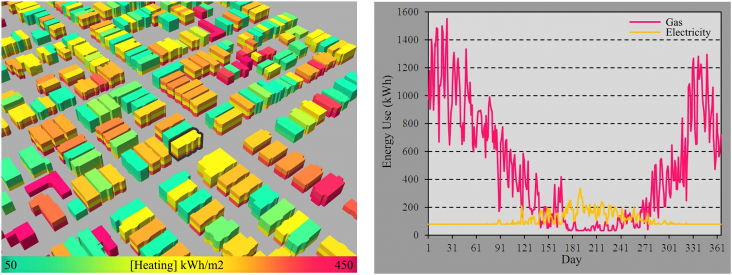Transportation geotechnics associated with constructing and maintaining properly functioning transportation infrastructure is a very resource intensive activity.
Energy geotechnics involves the use of geotechnical principles to understand and engineer the coupled thermo-hydro-chemo-mechanical processes encountered in collecting, exchanging, storing, and protec
Background Physical inactivity is a global pandemic responsible for over 5 million deaths annually through its effects on multiple non-communicable diseases.
Achieving SDG 11 will require new technologies and innovations to be deployed in the real-estate sector. Already blockchain and artificial intelligence form the foundations of smart buildings, using data on residents' personal preferences to be able to improve efficiency and comfort. This article explores the different technologies and innovations that provide significant untapped potential in the real estate sector.
Public rental housing (PRH) projects are the mainstream of China's new affordable housing policies, and their integrated sustainability has a far-reaching effect on medium-low income families' well-be
Food security remains a top development priority and global concern. It is enshrined in the 2030 Agenda for Sustainable Development in Sustainable Development Goal two.

Occupant behavior is one of the major factors influencing building energy consumption and contributing to uncertainty in building energy use prediction and simulation.

The smart grids are modern electric power grid infrastructure for enhanced efficiency and reliability through automated control, high-power converters, modern communications infrastructure, sensing

Over the past decades, detailed individual building energy models (BEM) on the one side and regional and country-level building stock models on the other side have become established modes of analysis
This book chapter advances SDGs 15 and 11 by looking at land restoration and its military dimensions, as part of the environmental security discourse, a topic that has not received as much attention as it should in mainstream environmental security studies and policy discussions.
